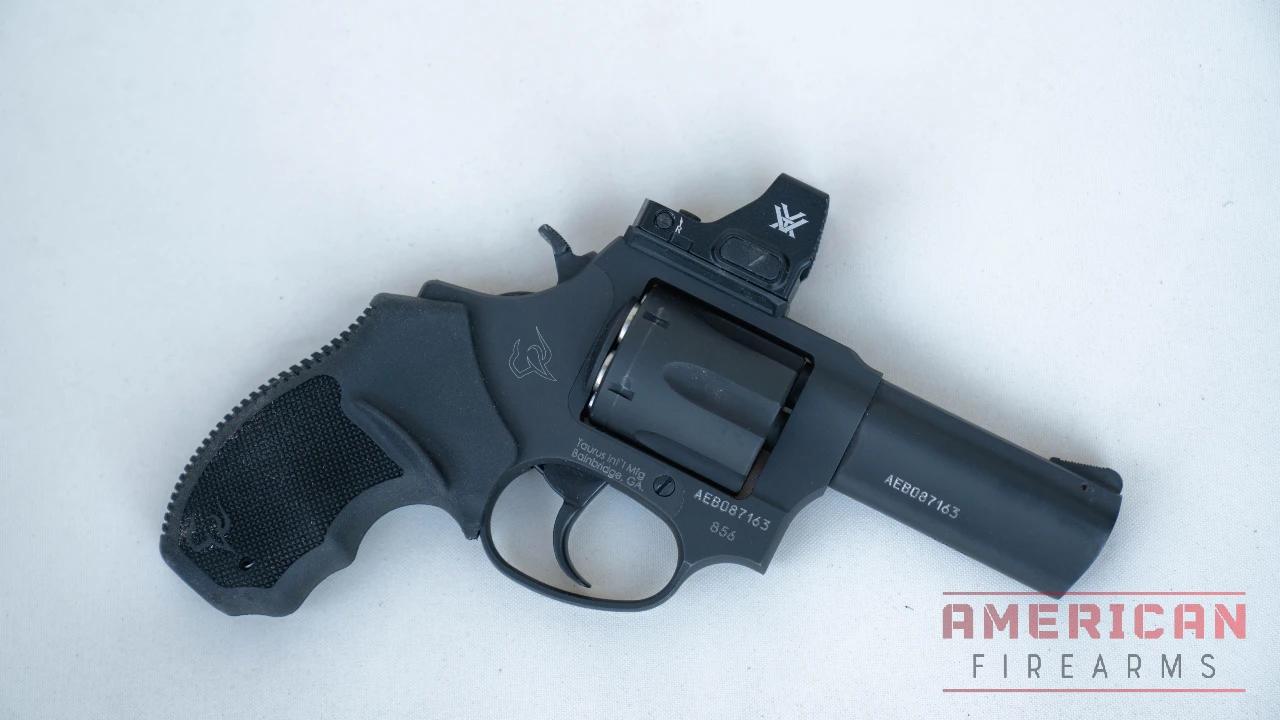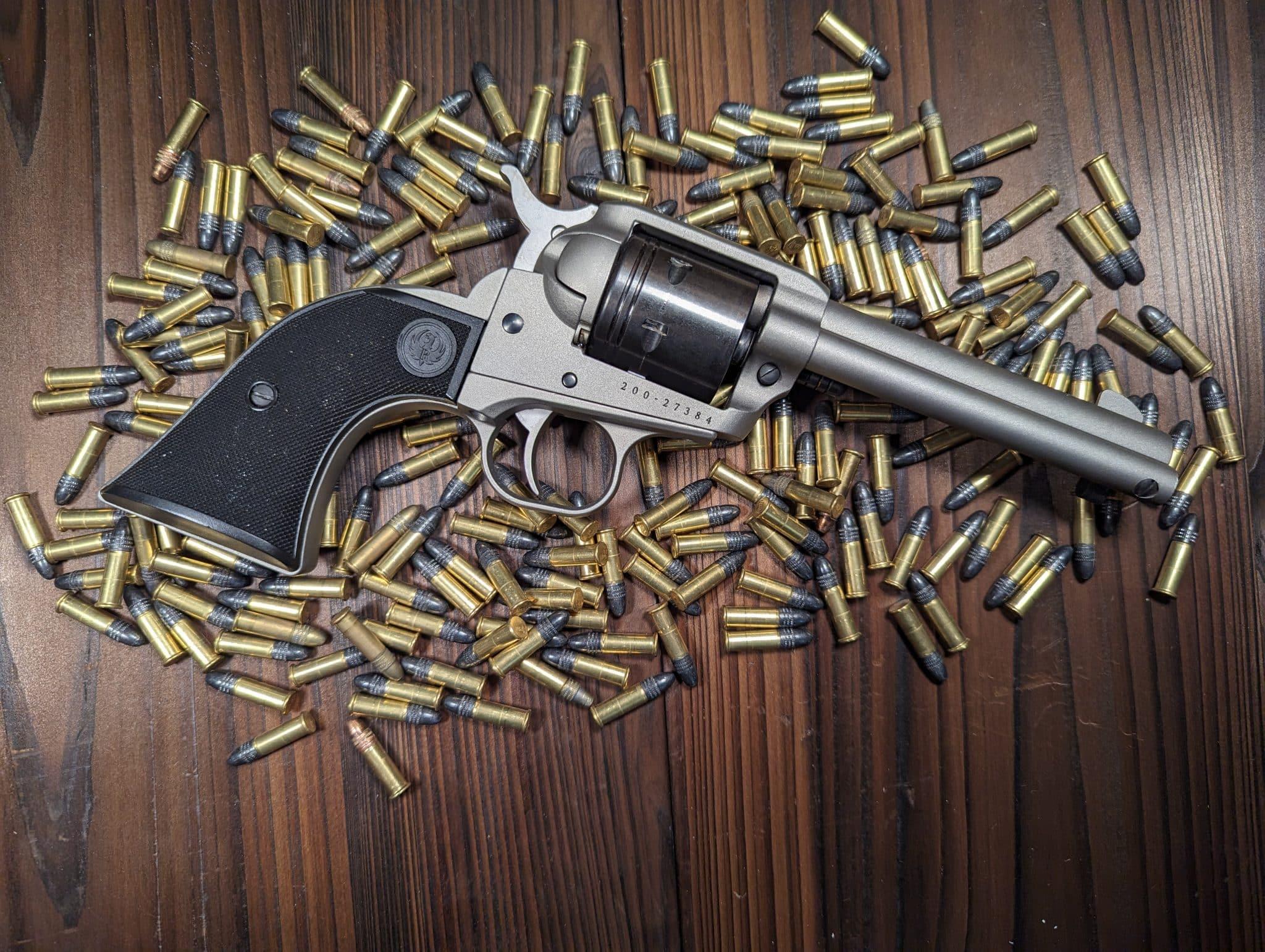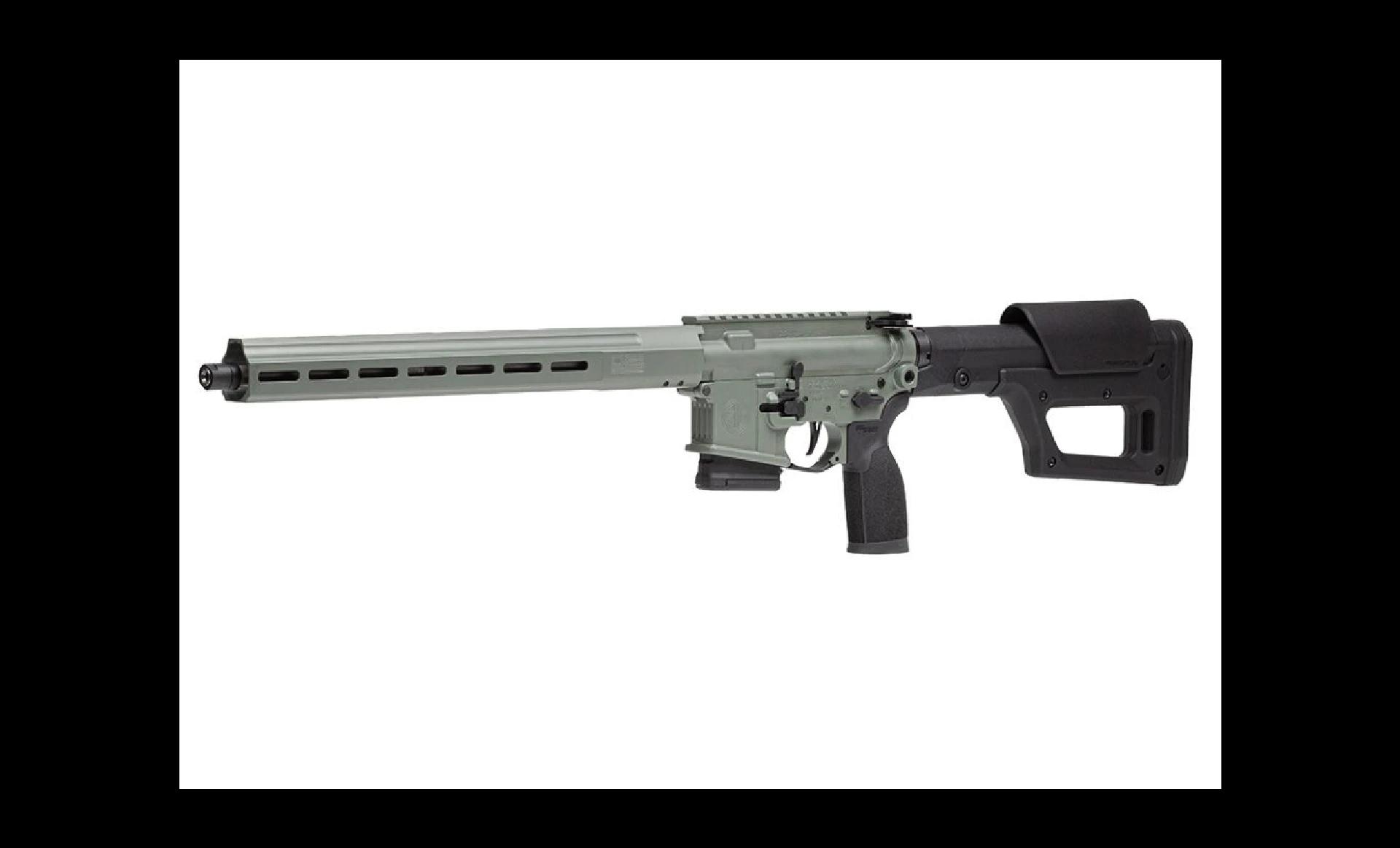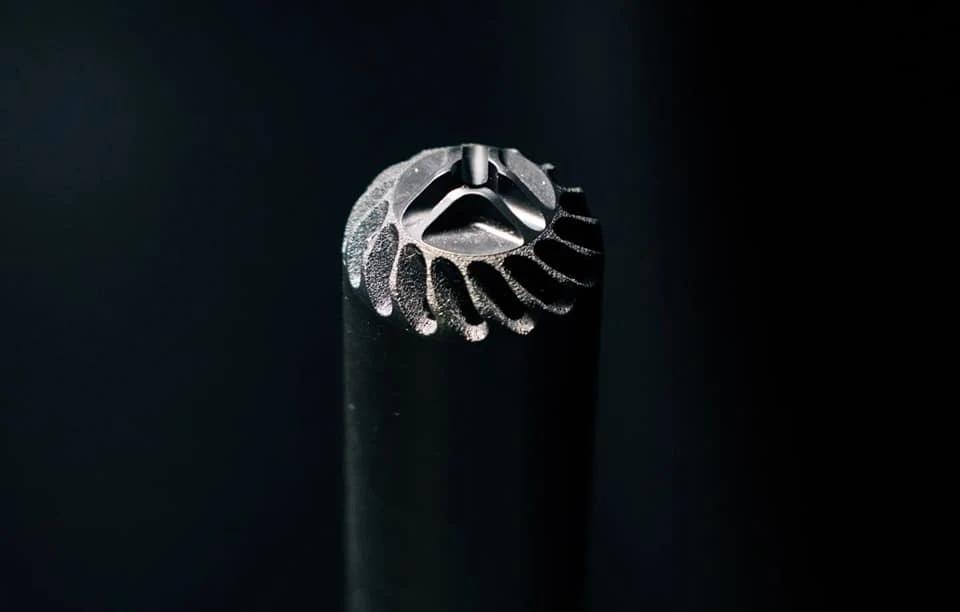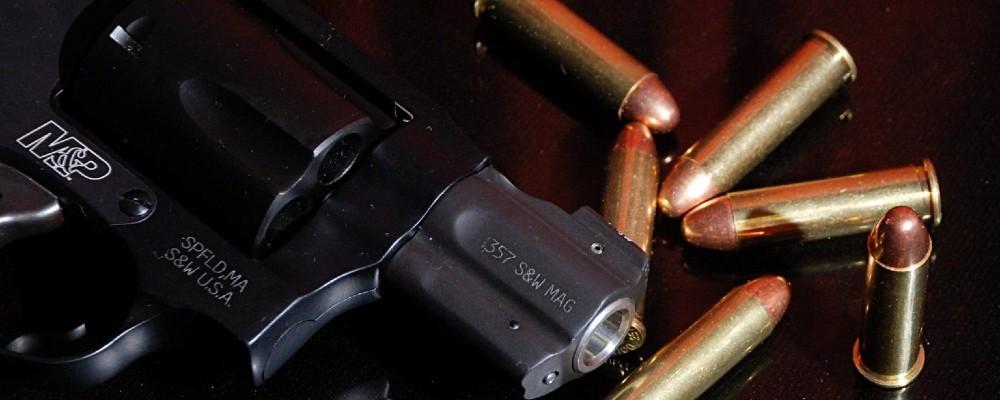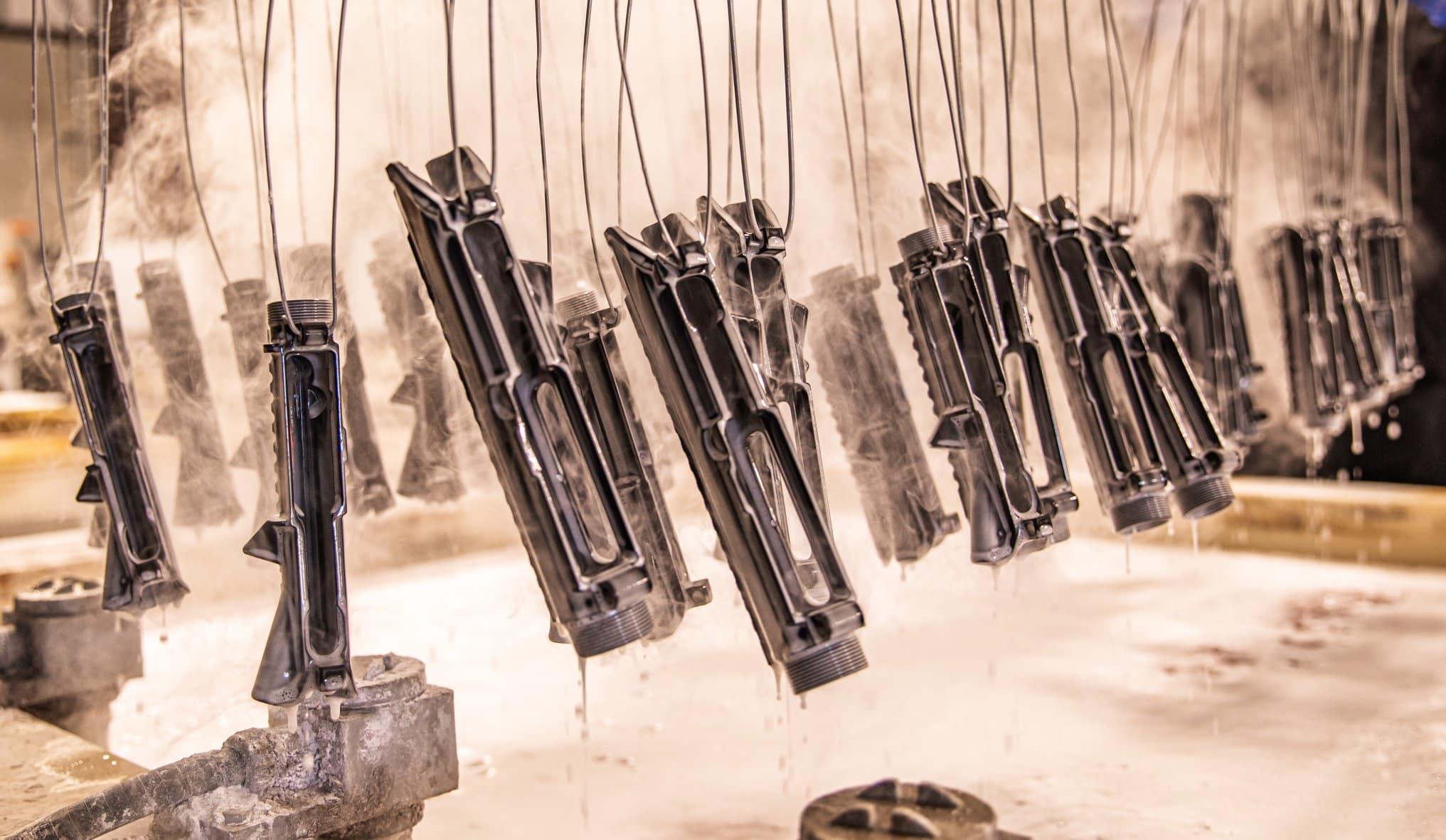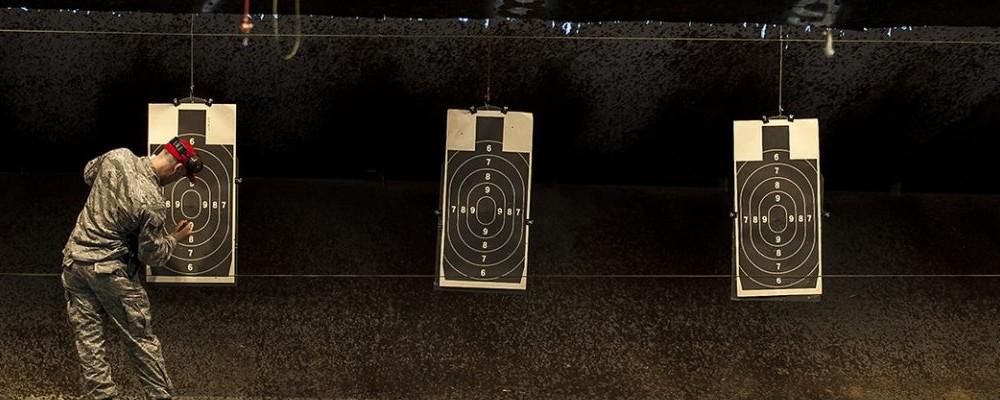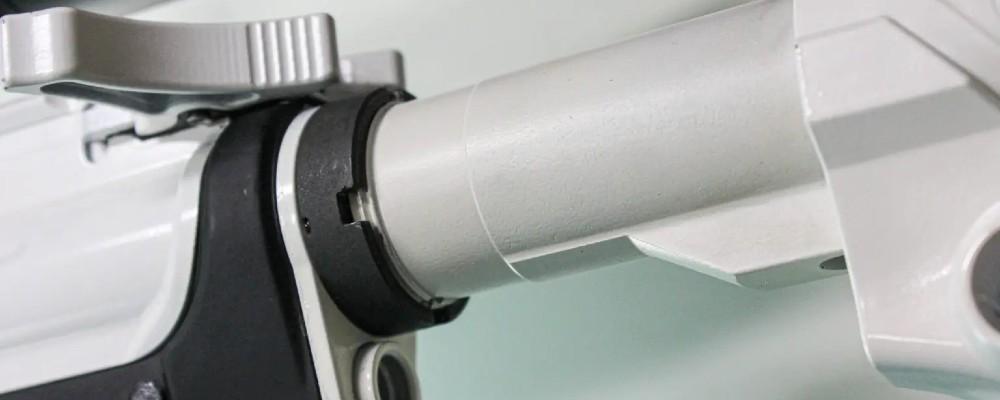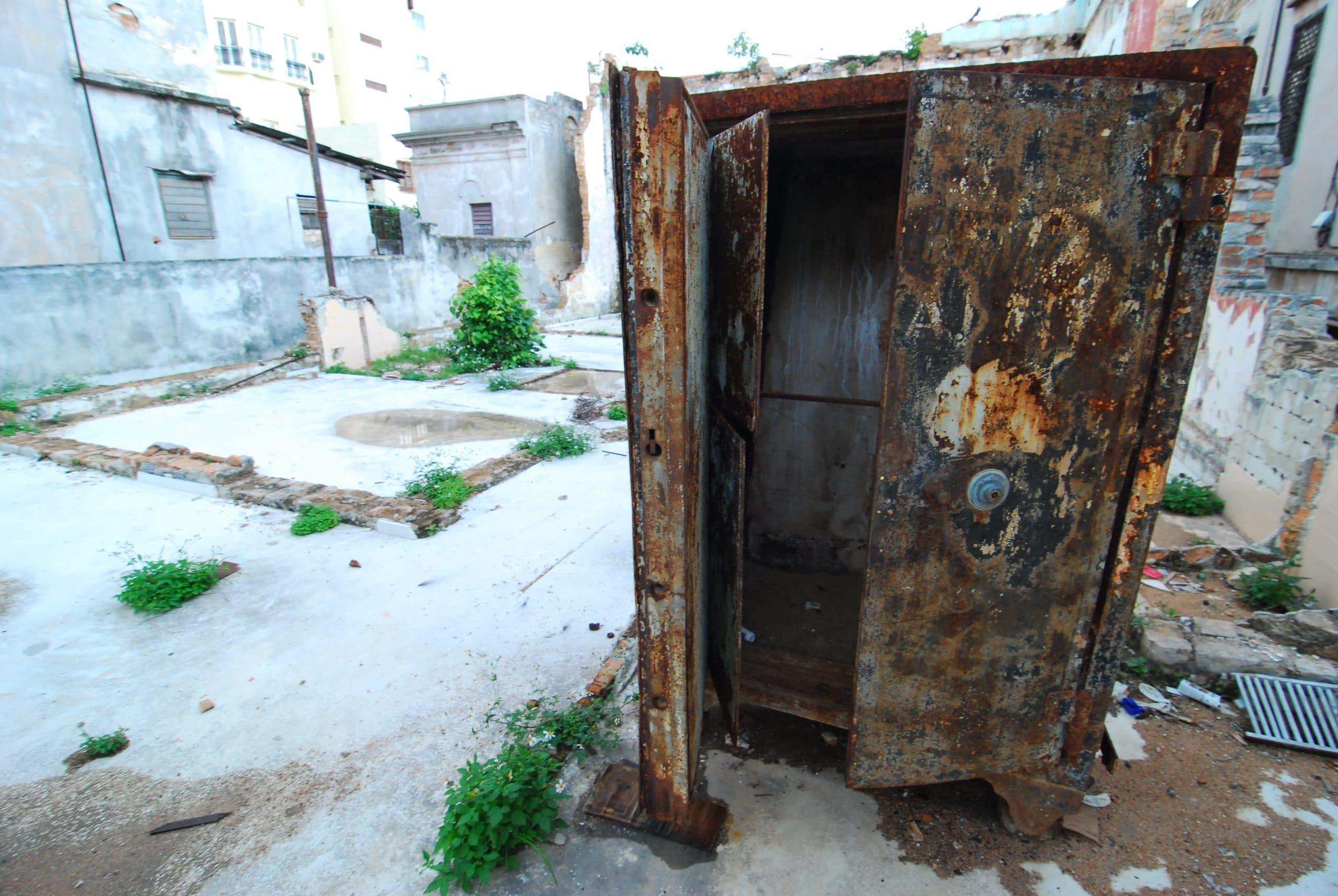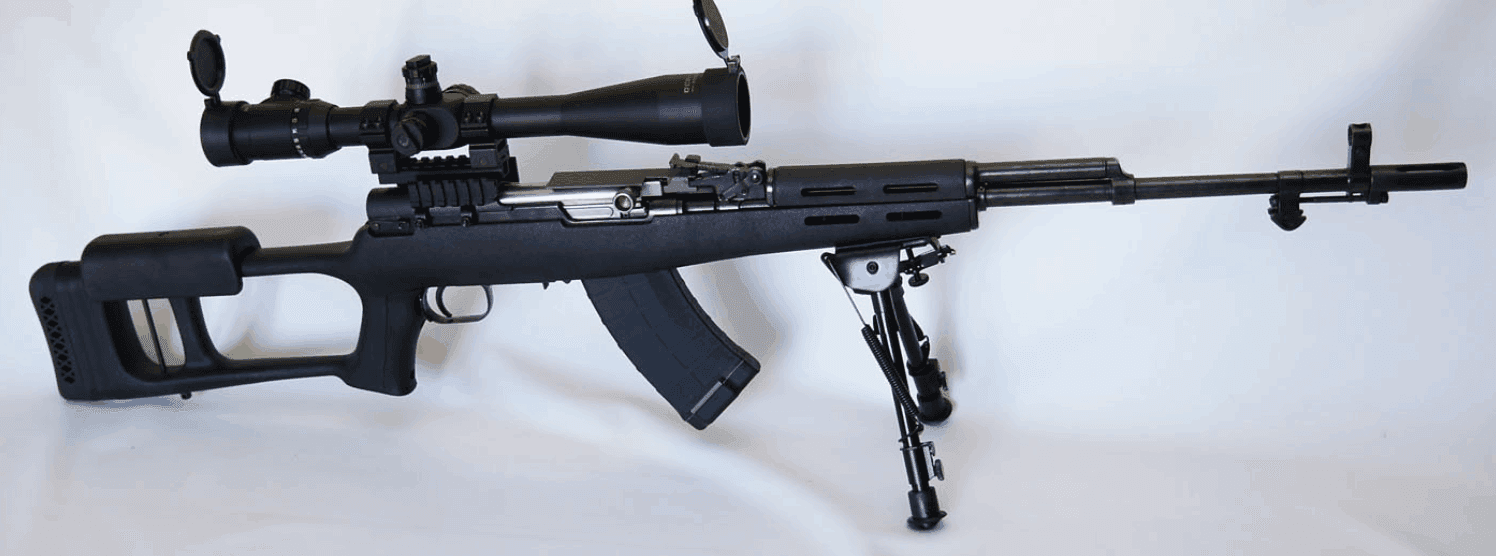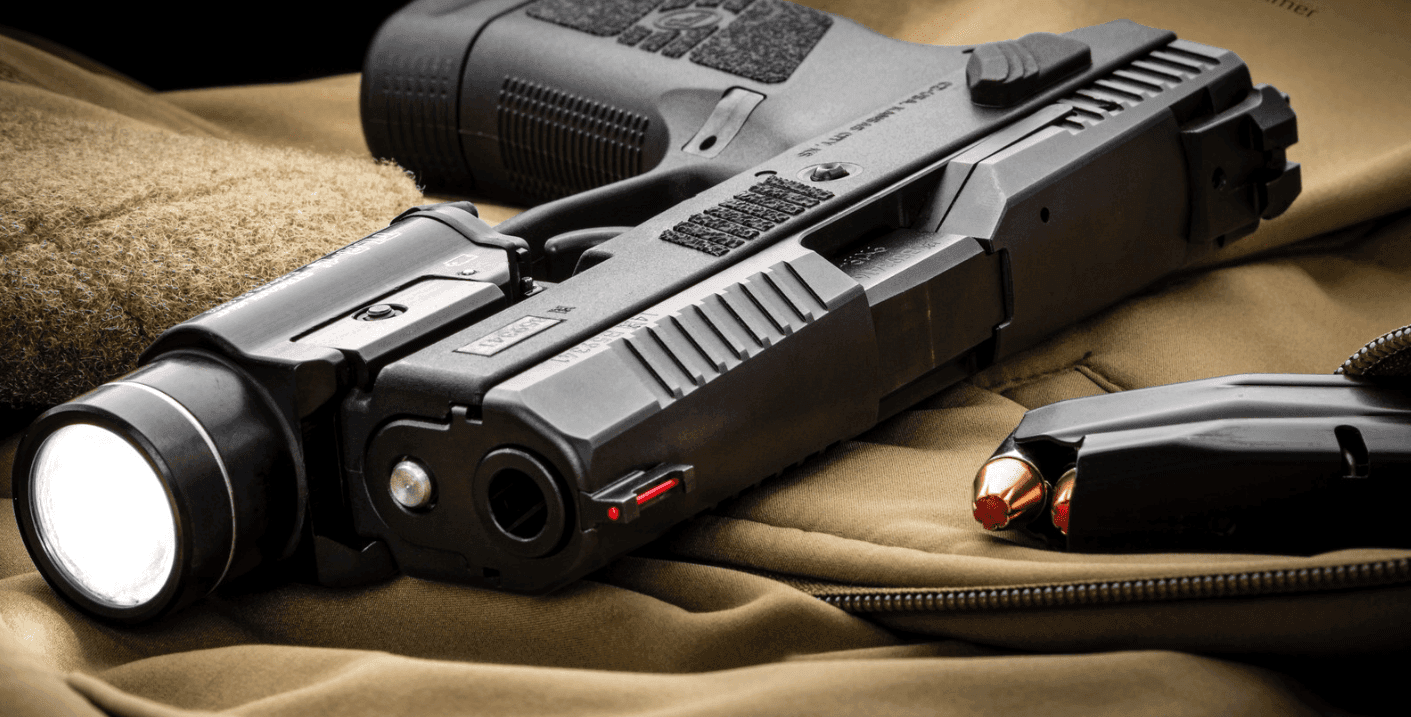ATN ThOR 4 Thermal Riflescope Review [Real View Throughs]
Is ATN's ThoR 4 thermal scope the future of hunting? Take a deep dive with our comprehensive hands-on review. We break it all down.
Written By
Coldboremiracle
Precision Rifle Expert
Edited By
Michael Crites
Licensed Concealed Carry Holder
Share:
Products are selected by our editors. We may earn a commission on purchases from a link. How we select gear.
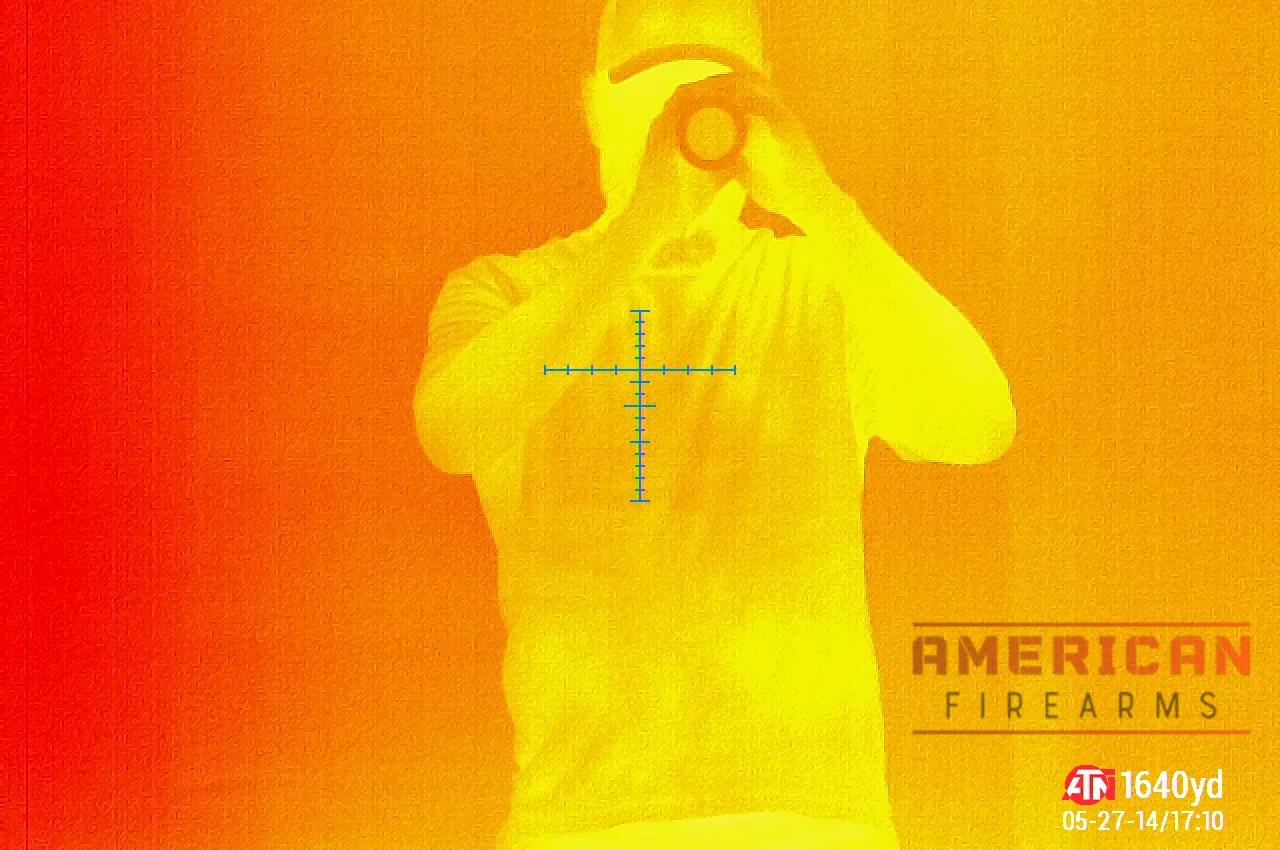
Updated
May 2023
ATN has been a big name in thermal and night vision optics for many years now, with a great many products that fit into the consumer price range they have enjoyed success in that market. For over twenty-five years ATN has been perfecting their products, and increasing the many product offerings with advancements in thermal imaging, 4k resolution, as well as smart devices.
ATN believes the many different products they manufacture offer consumers value and performance directly from them, the manufacturer. The Fourth Generation of ATN’s Obsidian four sensors offers additional resolution and a higher-quality image than before.
In today’s review, we are going to take a look at one of ATN’s thermal rifle scopes, the ThOR 4 640×480 2.5-25X weapon sight. We will look into the scope’s controls and functions, as well as its practical application in a real-world scenario.
As this technology is as new to me as it is to you, we can learn a great deal together as I fumble my way through the learning curve.
In This Article
Features
| Magnification | 2.5-25X |
|---|---|
Display | 1280x720 HD Display |
Video Record Resolution | 1280x960 @ 60 fps |
Battery life (Li-ion) | 19 Hours |
Reticle | Mil-Dot various configurations |
Human detection range | 1950 Meters |
Human recognition range | 800 Meters |
Human identification range | 475 Meters |
Weight | 2.2 Lbs (1kg) |
Origin | USA |
Warranty | 3 Years |
Waterproof rating | Weather resistant |
Memory capacity | Micro SD card 4-64GB |
Ring size | 30mm |
Charging port | USB C |
Design & Construction
I am a bit more skeptical than most about the look and appearance of the tools we use as marksmen. Perhaps I’m a little more traditional than most, but I like the conventional aesthetic of the quality optical scopes we have grown up on. Most of the thermal and night vision devices available today show a stark difference, and their appearance is certainly less conventional. But I knew that going in.
It’s easier to understand the ThOR 640×480 riflescope as not so much a tube with lenses on each end, and more like a tubular heat-sensing camera with a small viewable monitor at the back. And since that is where our eyes are first drawn, let’s start there at the ocular lens…err… display.
The display end of the ThOR has a rectangular LCD screen, like a tiny little flat screen for one of your eyes. There is an adjustment ring around the ocular housing to help focus the display for your particular taste.
The display itself contains much more than just an image; there is also a great deal of data incorporated into a heads-up display overlaid on top of the target image and reticle. It’ll even save ballistic data for each weapon you want to use it with.

There is a 30mm tube connecting the whole assembly, but in the middle where you’d typically find an erector housing, there is a control housing instead. The box-shaped housing contains the push-button controls, the magnification selector knob, charging, and data ports, as well as the sealed lithium battery.
In front of the control housing, there is another 30mm tube connecting the thermal sensor at the front of the scope. The fish-eye-shaped sensor lens is mysteriously dark and reflective, showing nothing as to what hides inside.
The outer periphery of the objective features a textured ring to adjust the focus of the sensor. The ThOR came with a pair of scope rings to mount it to your rifle, one of the two features a significant dog leg to reduce the footprint size on the scope mounts on your chosen weapon.
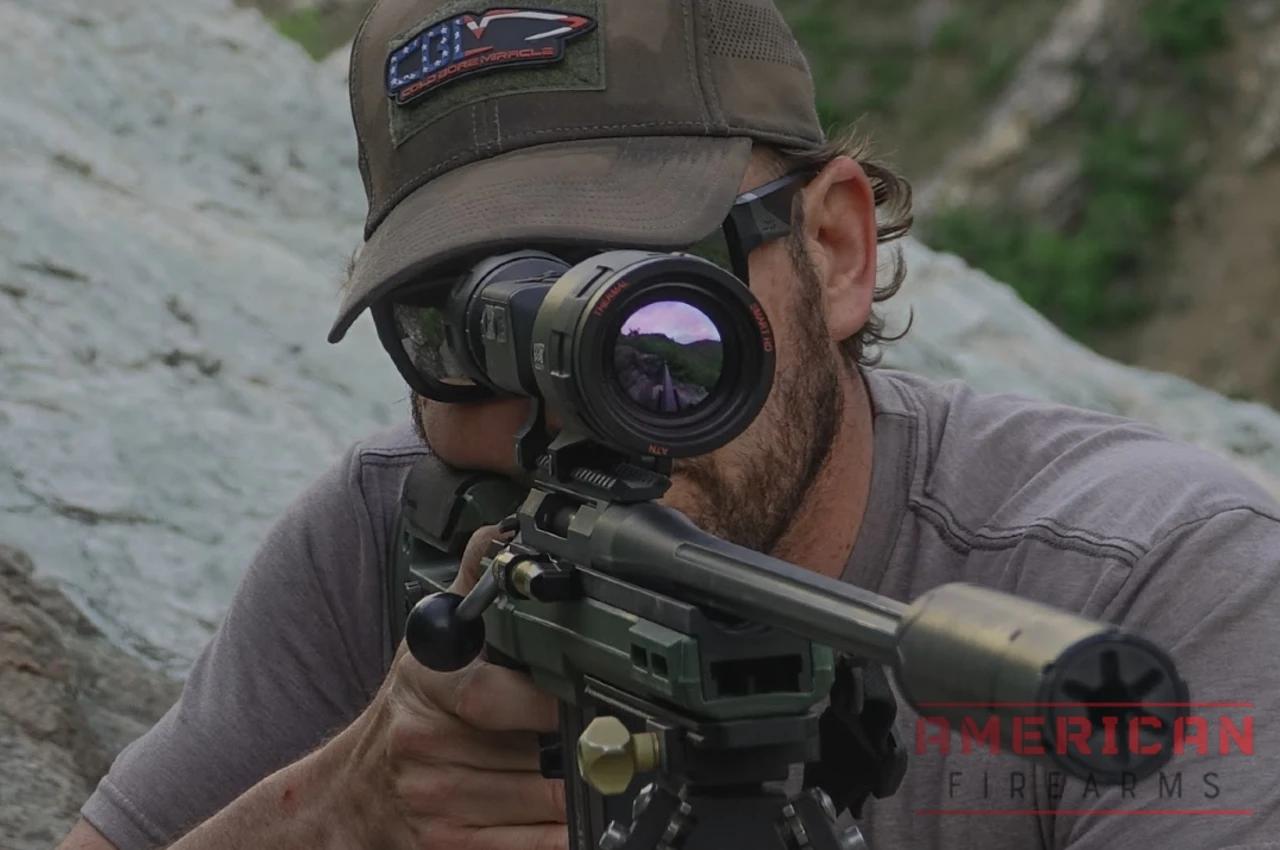
There are a great many features and functions that take some time to figure out with this scope. Perhaps some of the more interesting ones are the ability to record video and photos using the scope; these images and sound are stored on a micro SD card onboard the ThOR.
In addition to straight recording the image displayed, there is also a recoil-activated video setting. You can also snap still photos and store them on the card.
The reticle selection of the scope also allows you to select one that best fits your needs. There are MRAD subtensions within the reticle to allow holding over for distance, as well as measuring targets.
There is also an internal ballistic calculator that you can use to estimate holdovers for distant targets. This is utilized in conjunction with the ATN Obsidian application you can download to your phone. Using the app you can also adjust settings within the scope, and even remote watch and record the displayed image from the scope.
The internal heads-up display gives you compass bearing and incline angle as well as the cant of the firearm it’s mounted to. All this data can be used for further ballistic corrections.
The ATN app and devices also feature what they call the ATN Radar system, which allows targets to be marked using ATN’s laser rangefinding devices. Both marked targets and other devices used by others in your hunting party will be populated and shown on a map within the phone app. This is accomplished using the Wifi network of the various ATN devices.
I was unable to test this feature during my use of the scope, as nobody else in my party had one.
Thermal Imaging Performance
I was excited to try out the ThOR and see how it would help identify potential targets. Since I live at the base of the Rocky Mountains, it was a short trip to get to a spot where I could easily find some wild animals.
But before that even happened, I figured I would do some reconnaissance in the neighborhood. I fired up the scope, and while I familiarized myself with the rather large menu and options, I surveyed the area around my house. Once I had figured out the magnification adjustment and the sensitive focus I was blown away at how clean and detailed the darkness had become. Digital magnification is certainly different from optical magnification, but with enough a little experience in the field, you can get the balance right.
Reading badges on neighbors’ cars from a hundred or so yards was easy, and the gentle glow of their still-warm brake rotors showed through as well.
I also took advantage of watching my dog run around the yard doing his nightly sniff’n poop. One of the first things I noticed was how sensitive the focus was at close targets. Scope adjustments were tedious to get the high details right as the dog moved around the back 40. Later I would discover it’s nowhere near as tedious at ranges beyond one hundred yards.

Perhaps one of the best things I also discovered while playing with the settings was finding a filter that was pleasing to my eye. There are many different filter settings using black on white or white on black, and others with varying spectrums of colors to differentiate between warm and cold. This is likely a subjective preference depending on what contrast best fits your eyes.
After mounting the ThOR to a rifle, I headed into the mountains to see what I could see. I knew there would be a few deer around, and maybe some raccoons or skunks. I was also hoping to see a coyote or two to see how my luck has held up since the last one.
My travels in the mountains brought another important idiosyncrasy about using this optic. I found that early mornings were significantly better for target acquisition than evenings. As far as I can tell, rocks and other objects that soak up sunshine all day glow nearly as bright as an animal even an hour or two after complete darkness. This makes for laborious target analysis unless it is moving, as there is always a coyote-shaped rock, or a deer-sized boulder right where you look. Early mornings were better because the terrain had all night long to release the heat signature from the previous day’s radiation.
Also, I noticed that when it rains, everything tends to match the temperature of the rain. While hiking around through crummy weather I found that it was almost impossible to identify anything living vs. the terrain around them. Unless you already had an animal spotted, it would be hard to pick it out in the thermal image.
To be fair, there could be other filters in the ATN that fare better in these conditions. I might have had better contrast if I had tried other settings, but I was trying to stay dry and get home.
Reticle and Optics
The various reticle choices in the ThOR give you options for a simple crosshair, or more complicated reticles like the one shown above. Milling reticles allow for holdover options and other measurements to be made through the scope. There are also a simple circle and dot-type reticle like you would see in a red dot or holographic sight.
I think it’s worth pointing out here that when shooting in complete darkness, things tend to happen much closer than during daylight hours. Getting close to animals is much easier when their eye-sight is diminished by darkness.
For that reason, I think there is less need for high magnification, as exhibited by many of the NV and thermal optics being lower power than comparable day scopes. I like the 2.5x setting of the ThOR, it allows you to look at things very closely.
While the higher magnification settings allow you to inspect targets much further away. I was pleasantly surprised to see that increasing the magnification of the scope didn’t necessarily reduce the quality of the image. I was expecting the image to become greatly pixelated when I zoomed the scope in, but it looked pretty good. Even targets as far as 600-700 yards away were still quite defined and allowed me to identify them.
With the ThOR set on 2.5X and a circle dot-type reticle, it would be ideal for shooting fast-moving targets inside 100-200 yards. And when turning the scope up to like ten or twelve power, and selecting a fine reticle it would be perfect for precise shot placement at targets that are two or three times that far away.
I found that I generally would keep the scope set at a lower setting such as 2.5-6x for identifying targets. Once spotted, I sometimes would zoom in to see a little more detail. Identifying things like deer and raccoons was easy, even pretty far away.
I could spot a deer clearly a thousand yards away on an opposing ridge. Since antlers are made of bone, they don’t show up which may be a concern for some. But you can see them vaguely in the colder part of the image, and you can also identify the bottom portion of the antler rising between the ears.

Additional Features and Functionality
The Obsidian Application for my iPhone was extremely helpful in rapidly adjusting the settings of the ThOR scope. It can be done using the keypad on top of the scope, but I found it was much faster to open the app and adjust the settings there. It’s easy to select color patterns, reticle choices, and general scope settings quickly. And the settings are synced immediately into the scope.
Information and data used by the ballistic solver are also easily input into the scope this way. Viewing the display from my phone was also pretty cool, though I did find that the connection is easily lost if much distance or obstacles are put between the scope and my phone. There is also a slight delay in the viewer through the app, but that’s not a big deal.
The data produced by the Obsidian application is close enough for my taste. There are frequent inconsistencies from one ballistic solver to another, but they are always pretty close to each other. I found the results produced by the Obsidian app to be within a reasonable margin of error.
And as I mentioned earlier I don’t imagine folks are night or hog hunting at extremely long ranges, so, for the 600-700 yard shots, it is close enough to be useful.
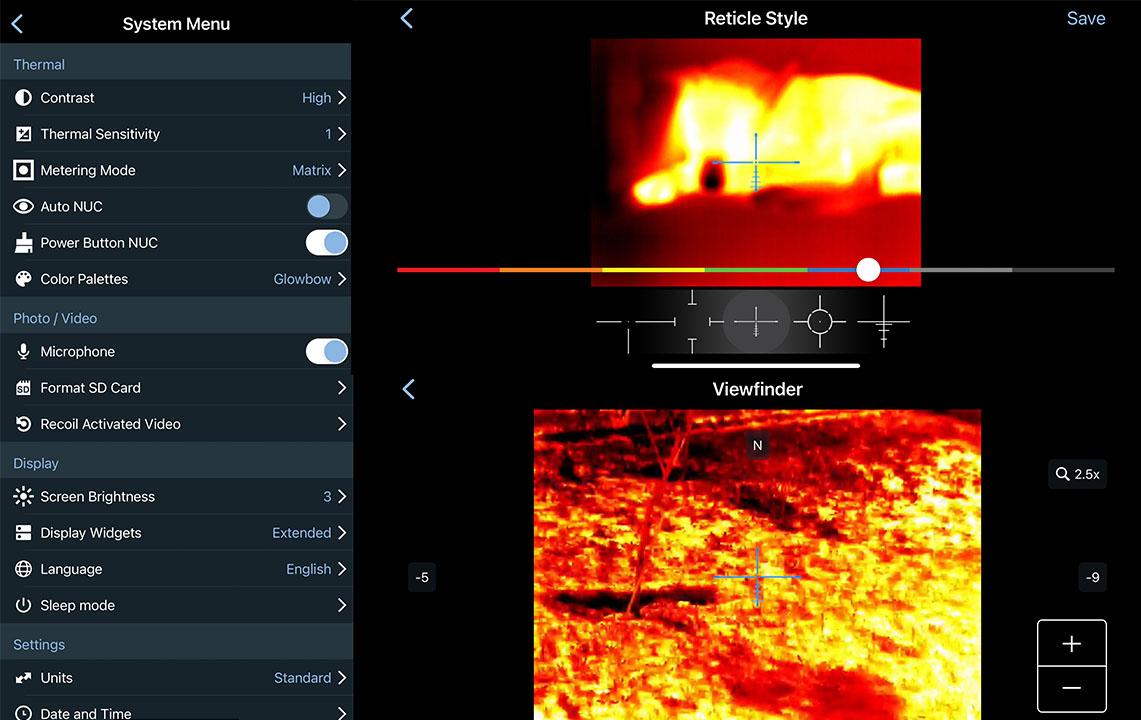
The photos and video taken from the ThOR are extremely handy to have access to. There are few things more enjoyable than hunting in my opinion, and the only better than hunting is hunting with friends and family. The photos and video can be used to share these exciting events with those who weren’t watching them in real-time.
There is also a smart range finder attachment that can be attached to the ThOR, to be used in conjunction with the rest of the equipment I’ve mentioned here. I wasn’t able to use that or the ATN Radar feature, both of them would have been interesting to try out and test. Though in my opinion, I don’t know how much I’d want to be shooting in the dark with other people around me.
Battery Life and Power Attachment
One of my main concerns with the ThOR was battery life. I have used other thermal and night vision devices in the past, and it was concerning how rapidly the batteries can be consumed. When I first received the ATN scope, I was a bit concerned that the battery was sealed inside and not replaceable.
I have since had my fears assuaged, as the battery in the ThOR is quite comprehensive. I have used it many times now, from the early hours before daylight to nearly lunch time, for several days without charging. This was done in both sub-freezing temperatures as well as typical spring weather. After using the scope for several days, I was quite surprised to see the battery life.
I recently pulled the unit from my gun safe where it had been set for several months. I don’t recall how charged it was when I put it away, but after pulling it out and powering up the unit it was reading over 80% battery life. Which is not too shabby in my opinion, I’ve used other devices that had I left brand new batteries in it that long, it wouldn’t have even powered up.
And if that’s not enough, ATN also has an auxiliary power pack that mounts to the buttstock of your rifle, and plugs into the scope to give it additional power if needed.
Durability and Weather Resistance

As I’ve mentioned already, I have taken this scope into the field quite a few times now. The cold and hard winter we received in the Rocky Mountain region this past year caused no issues with the ThOR. There was plenty of knocking it about, in and out of trucks, slinging it around on slung rifles and so on.
Rain and snow do seem to affect the visibility through the scope, but that seems logical to me as there are physical obstructions of varying temperatures between me and the target. Fog and clouds are another issue you’ll want to know about.
Even in the dark of night, you can still see surprisingly well when there is snow on the ground. But should a cloud or fog filter in between you and your target it can greatly obscure your view through the thermal lens of the ThOR.
User Experience and Ergonomics
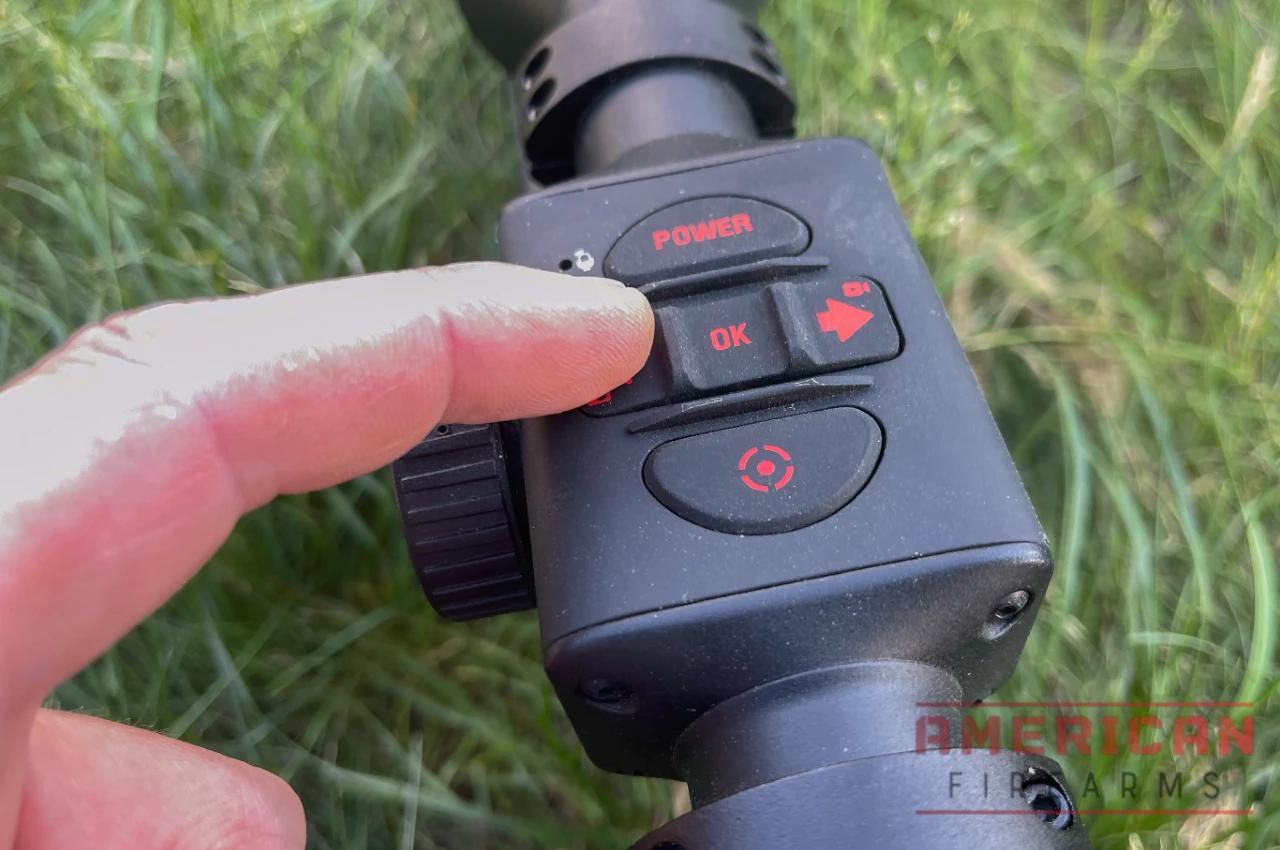
The ATN ThOR is new to me, as are all its features. So I was a little intimidated by the incredible amount of options, settings and features. It certainly took me a while to figure most of it out, but that is not to say it will take you that long. I’m a bit more traditional in my equipment so this was definitely something out of my lane.
That said; I found the ThOR to be pretty user-friendly once I figured it out. The hardest part for me was remembering which control did what as I fumbled around in the dark.
It is a little unergonomic to reach up front of the scope to focus the image, but no different than the adjustable objective scope many of us grew up on.
The button controls on top of the ThOR are as simple as they can be, I suppose they are a little too easy to accidentally press. The power button does take a few seconds to power up the unit, so it’s better to leave it on if you anticipate pending activity. The menu is easy to navigate and adjust settings, though, as I mentioned, it’s much easier to use the app.
It took a few trips for me to get comfortable with the ThOR, but once I had it figured out it was quite pleasant to have it along. And I look forward to using it in the future.
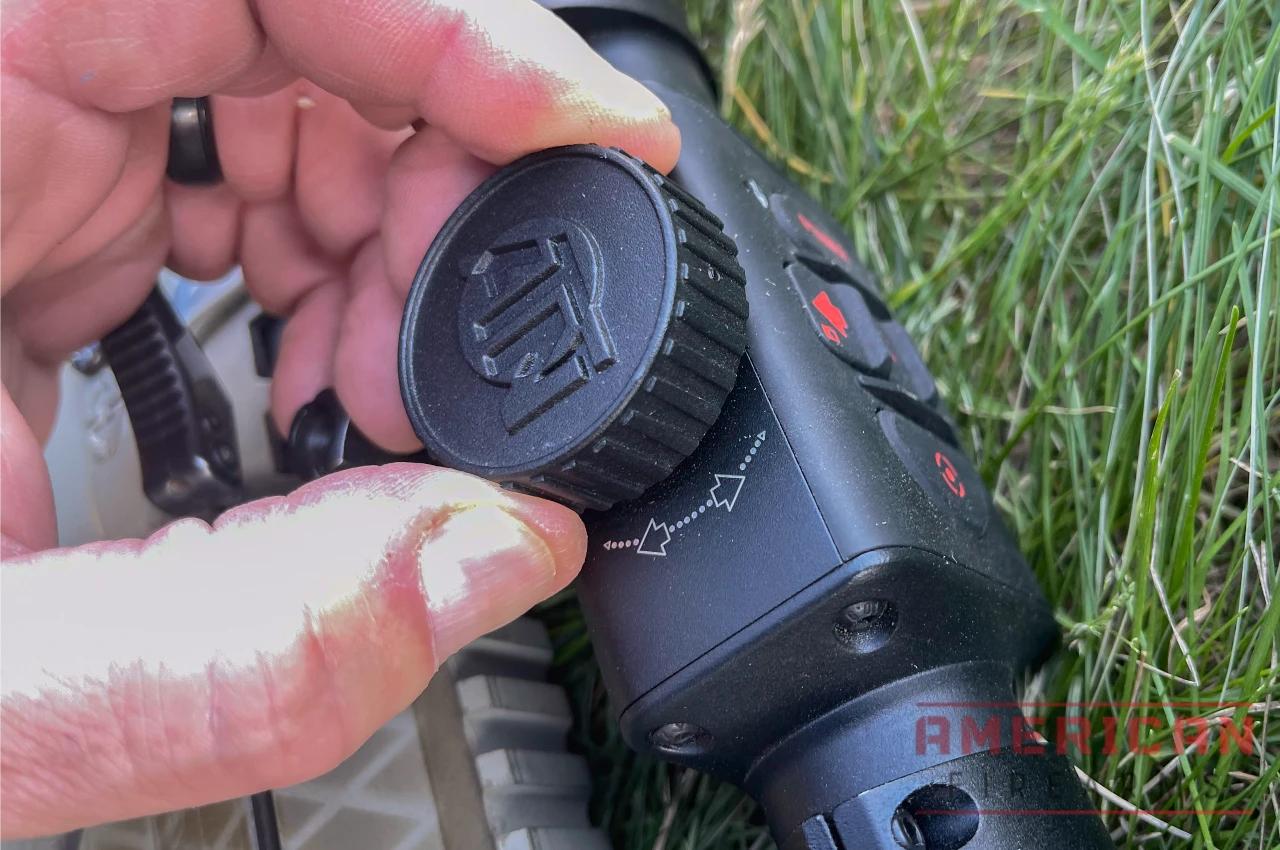
Pros and Cons
Pros
- Great image
- Picture and video capable
- Broad range of filters to fit user eye
- Great battery life
- Not inexpensive but good value compared to other units
- Doesn’t lose image quality with zoom
- Obsidian app is very helpful (and free)
Cons
- Not inexpensive
- Clunky looking
- Mounting system could be better
- Long learning curve for those new to tech
- Loses contrast in inclement weather
Wrapping this one up
After spending a good deal of time using the ATN ThOR 4, I feel I’ve gotten a good feel for it. Though I think I could definitely be better with it after some additional experience with using it. The ThOR seems to be an excellent entry to the thermal rifle scope based on my limited experience, and an impressive step up in my nighttime activities.
While it may not be a military-grade product like many others, it is certainly useful for those who would use it for taking nuisance animals on their property. Or as a great way to increase your hunting repertoire into the dark hours of the night.
I would definitely recommend doing a good bit of research on the product before you dive into it, and it would also be helpful to get with others who already have familiarity with these optics. Both to get their opinions on it, as well as giving you a hand with any questions and operation.
The market for thermal and night vision optics is certainly growing, and ATN’s products certainly offer a great deal of versatility at a cost more attainable by some. There are other similar thermal optics from other manufacturers, and I’ve been told by other users that they are better still than the ATN models.
That’s not something I can confirm until getting hands on such a scope from other manufacturers like Pulsar or AGM. Though comparable units do appear to cost several hundred dollars more, if they are better performers that may certainly be worth it.
Sign up for our newsletter
Get discounts from top brands and our latest reviews!





